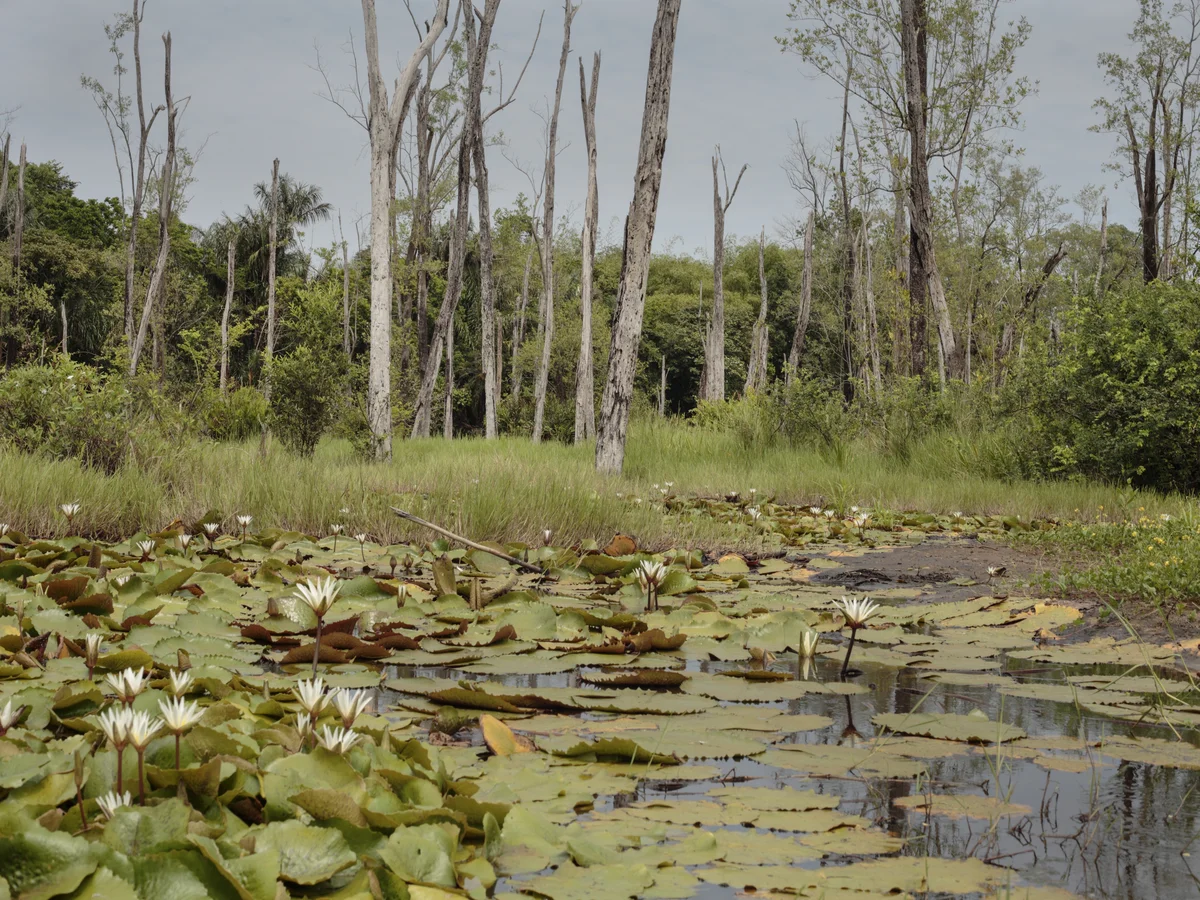Wetlands: Nature’s Hidden Carbon Sink Against Climate Change

Wetlands are often overlooked heroes in the fight against climate change, silently playing a crucial role as nature’s hidden carbon sink. These ecosystems, encompassing marshes, swamps, and bogs, provide a myriad of ecological services, with their ability to sequester and store carbon standing out as a potent weapon against rising greenhouse gas emissions.
The Carbon Sequestration Potential of Wetlands
Wetland Formation and Carbon Accumulation
Wetlands act as natural carbon sinks due to their unique hydrological and ecological characteristics. The slow decomposition of organic matter in waterlogged conditions prevents the complete breakdown of plant material, leading to the accumulation of carbon-rich organic soils. Over thousands of years, this process has resulted in wetlands becoming substantial reservoirs of carbon.
Quantifying the Impact
Research indicates that although wetlands cover only about 3% of the Earth’s land surface, they store approximately 30% of the planet’s soil carbon. This disproportionate contribution showcases the exceptional carbon sequestration potential of these ecosystems. As global concerns about climate change intensify, understanding and harnessing the carbon storage capacity of wetlands have become imperative.
The Role of Wetlands in Mitigating Climate Change
Greenhouse Gas Regulation
Beyond carbon sequestration, wetlands actively regulate greenhouse gas emissions. They act as buffers against the release of methane, a potent greenhouse gas, by promoting conditions that facilitate the conversion of methane into less harmful forms. This dual functionality – capturing carbon and mitigating methane emissions – positions wetlands as invaluable tools in the fight against climate change.
Climate-Resilient Ecosystems
Wetlands also contribute to climate change mitigation by enhancing ecosystem resilience. Acting as natural buffers, they protect coastal areas from storm surges and flooding. As climate change intensifies extreme weather events, the role of wetlands in safeguarding vulnerable regions becomes increasingly critical.
Threats to Wetlands and Implications for Climate Change
Human-Induced Degradation
Despite their ecological significance, wetlands are under constant threat from human activities. Urbanization, agriculture, and drainage for development purposes contribute to the degradation and loss of wetland ecosystems. As wetlands disappear, not only is their carbon sequestration capacity compromised, but the stored carbon may be released back into the atmosphere, exacerbating climate change.
Conservation Strategies
Preserving and restoring wetlands are essential strategies in the battle against climate change. Efforts must focus on implementing sustainable land-use practices, protecting existing wetland areas, and restoring degraded ones. Government policies, international collaborations, and community involvement are crucial components of successful wetland conservation strategies.
Wetlands represent nature’s hidden carbon sink, offering a powerful solution to climate change. Their unique ability to sequester and store carbon, coupled with their role in regulating greenhouse gas emissions and enhancing ecosystem resilience, underscores the need for concerted global efforts in wetland conservation. Recognizing the value of these ecosystems and implementing effective conservation strategies are imperative steps toward leveraging the full potential of wetlands in the fight against climate change. As we strive to address the challenges of a changing climate, safeguarding and restoring wetlands emerge as essential components of a sustainable and resilient future.
Frequently Asked Questions (FAQs) on Wetlands: Nature’s Hidden Carbon Sink Against Climate Change
Wetlands are diverse ecosystems that include marshes, swamps, and bogs, characterized by waterlogged conditions. They play a crucial role in mitigating climate change by acting as natural carbon sinks, sequestering and storing large amounts of carbon in their soils.
Wetlands sequester carbon through the slow decomposition of organic matter in waterlogged conditions. Although wetlands cover only 3% of the Earth’s land surface, they store approximately 30% of the planet’s soil carbon, highlighting their significant contribution to global carbon storage.
Wetlands actively regulate greenhouse gas emissions by mitigating the release of methane, a potent greenhouse gas. They create conditions that facilitate the conversion of methane into less harmful forms, showcasing their dual functionality in capturing carbon and mitigating methane emissions.
Wetlands contribute to climate resilience by acting as natural buffers against extreme weather events. They protect coastal areas from storm surges and flooding, making them essential in safeguarding vulnerable regions as climate change intensifies.
Human-induced degradation, including urbanization, agriculture, and drainage for development, poses a significant threat to wetlands. When wetlands are degraded or lost, their carbon sequestration capacity is compromised, and the stored carbon may be released back into the atmosphere, contributing to climate change.


